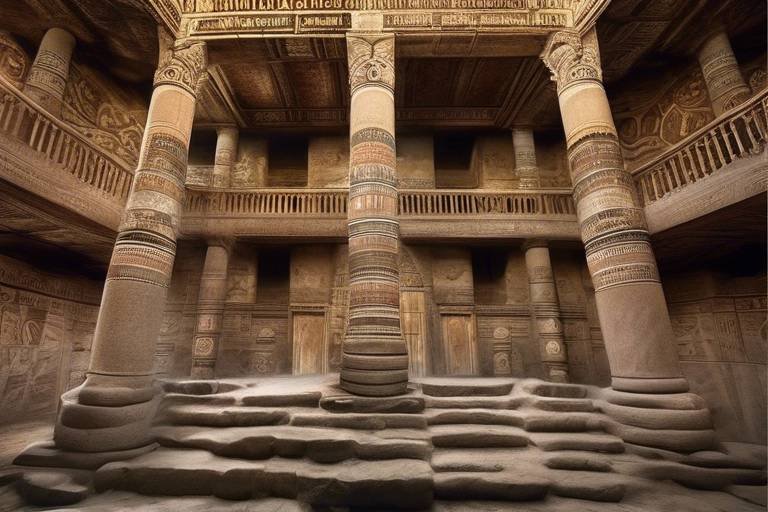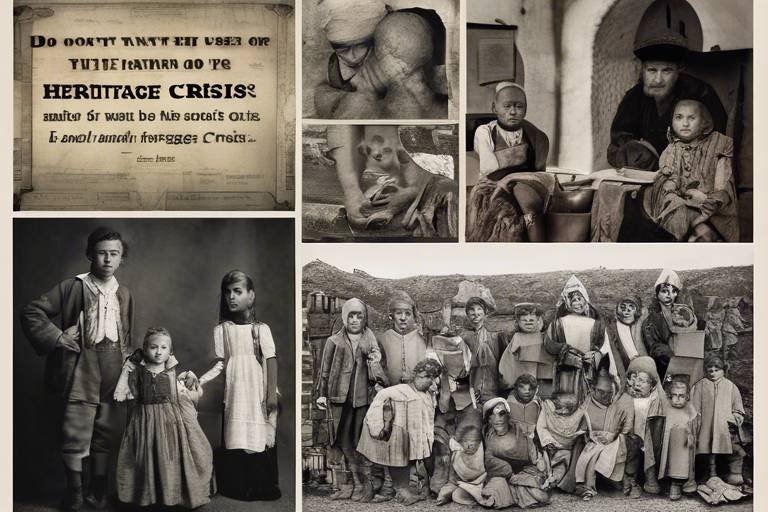Heritage at Risk - How Climate Change Affects Cultural Sites
Climate change poses a significant threat to cultural heritage sites around the world, putting our shared history and identity at risk of irreversible damage. As temperatures rise and weather patterns become more extreme, ancient monuments, archaeological sites, and traditional knowledge systems face unprecedented challenges. The impact of climate change on cultural sites is multifaceted, encompassing risks such as rising sea levels, extreme weather events, temperature extremes, changing precipitation patterns, and threats to indigenous knowledge.

Rising Sea Levels
Rising sea levels pose a significant threat to coastal cultural sites around the world. As global temperatures rise, glaciers and ice sheets melt, leading to the expansion of seawater and the inundation of low-lying areas. This phenomenon endangers historic structures, archaeological sites, and cultural landscapes that have stood the test of time.
The impacts of rising sea levels on cultural heritage are profound and multifaceted. Coastal erosion, saltwater intrusion, and increased flooding threaten the integrity of monuments, buildings, and artifacts located in close proximity to the shoreline. Historical sites such as ancient ports, lighthouses, and seaside settlements are particularly vulnerable to the encroaching waters.
Preservation strategies aimed at mitigating the effects of rising sea levels include the construction of sea walls, the relocation of at-risk structures to higher ground, and the implementation of sustainable coastal management practices. By combining traditional conservation methods with innovative technologies, experts strive to safeguard our cultural heritage from the relentless march of the sea.

Extreme Weather Events
Extreme weather events, including hurricanes, floods, and wildfires, pose significant threats to cultural heritage sites worldwide. These natural disasters can cause irreparable damage to historical structures, artifacts, and landscapes, erasing centuries of history in a single catastrophic event. The destructive power of hurricanes can tear apart buildings, while floods can submerge archaeological sites under water, leading to erosion and loss of valuable artifacts. Similarly, wildfires fueled by extreme heat can engulf heritage sites in flames, leaving behind charred remains and ashes.
Efforts to mitigate the impact of these extreme weather events on cultural heritage are crucial for preservation. Implementing disaster preparedness plans, such as installing flood barriers, fire-resistant materials, and early warning systems, can help minimize the damage caused by hurricanes, floods, and wildfires. Additionally, creating emergency response teams trained in heritage conservation can ensure swift and effective action in the aftermath of a natural disaster, salvaging as much of the cultural heritage as possible.
Climate change exacerbates the frequency and intensity of extreme weather events, making it imperative to prioritize the protection of cultural sites. By raising awareness about the vulnerability of heritage sites to these disasters, communities and governments can work together to develop sustainable solutions for safeguarding their shared history. Investing in resilient infrastructure and sustainable conservation practices can help cultural sites withstand the impacts of climate change and continue to tell the stories of past civilizations for future generations.
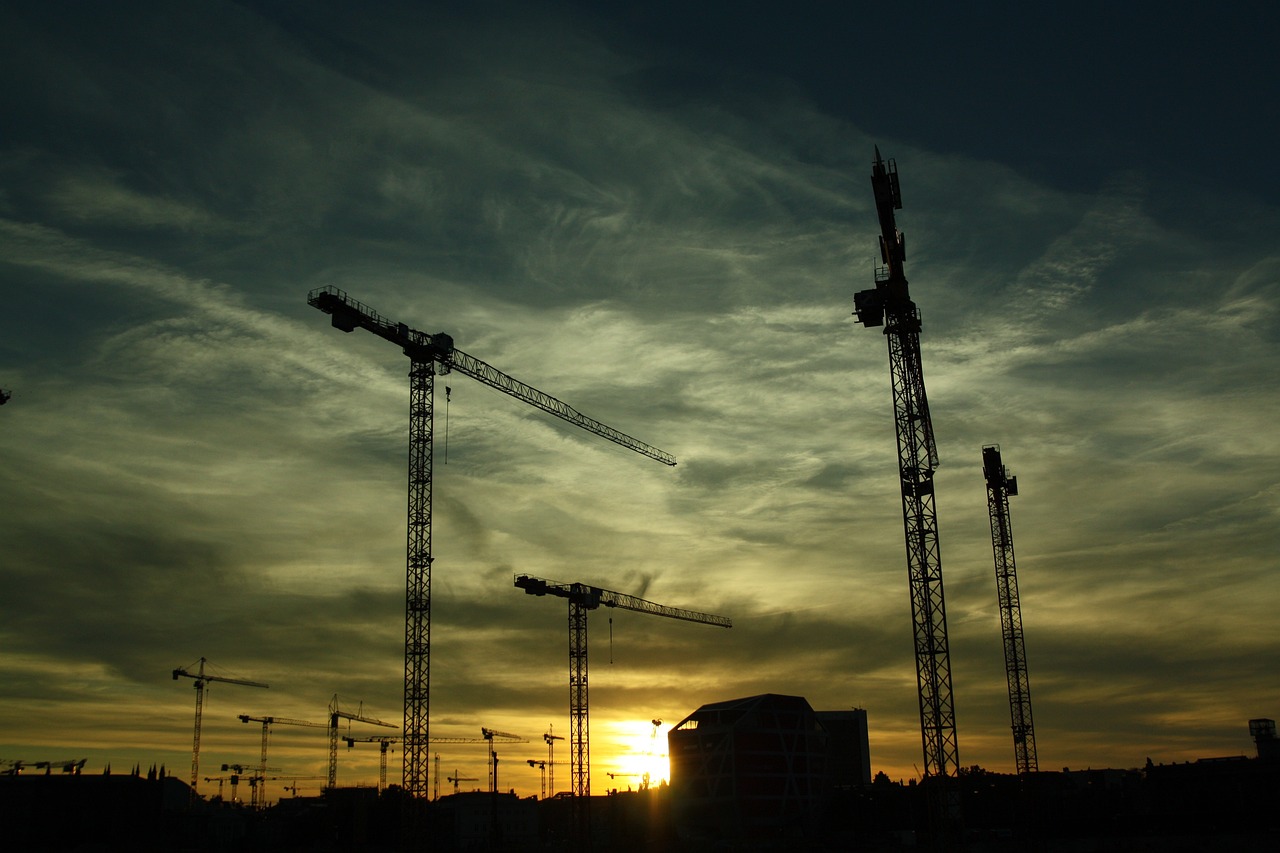
Temperature Extremes
In today's world, the impacts of climate change are not limited to the environment but extend to our cultural heritage as well. As temperatures reach extremes, historical structures and artifacts face unprecedented challenges. Let's delve into how temperature extremes threaten our cultural sites and the measures taken to combat these threats.
When it comes to temperature extremes, both heatwaves and cold spells pose significant risks to cultural heritage. Historical buildings, monuments, and artifacts are sensitive to temperature fluctuations, which can lead to deterioration and irreversible damage. For instance, prolonged exposure to high temperatures can weaken the structural integrity of ancient buildings, while sudden drops in temperature can cause materials to contract and crack.
To combat these threats, conservationists and experts have implemented various adaptation measures. Utilizing innovative cooling and heating systems, such as climate-controlled storage facilities, helps in maintaining stable temperature conditions for vulnerable artifacts. Additionally, the application of protective coatings and materials can shield historical structures from the adverse effects of extreme temperatures.
Moreover, raising awareness about the impact of temperature extremes on cultural sites is crucial. Educating the public about the importance of preserving our heritage in the face of climate change can encourage sustainable practices and responsible tourism. By fostering a sense of stewardship towards our cultural heritage, we can work towards safeguarding these treasures for future generations.
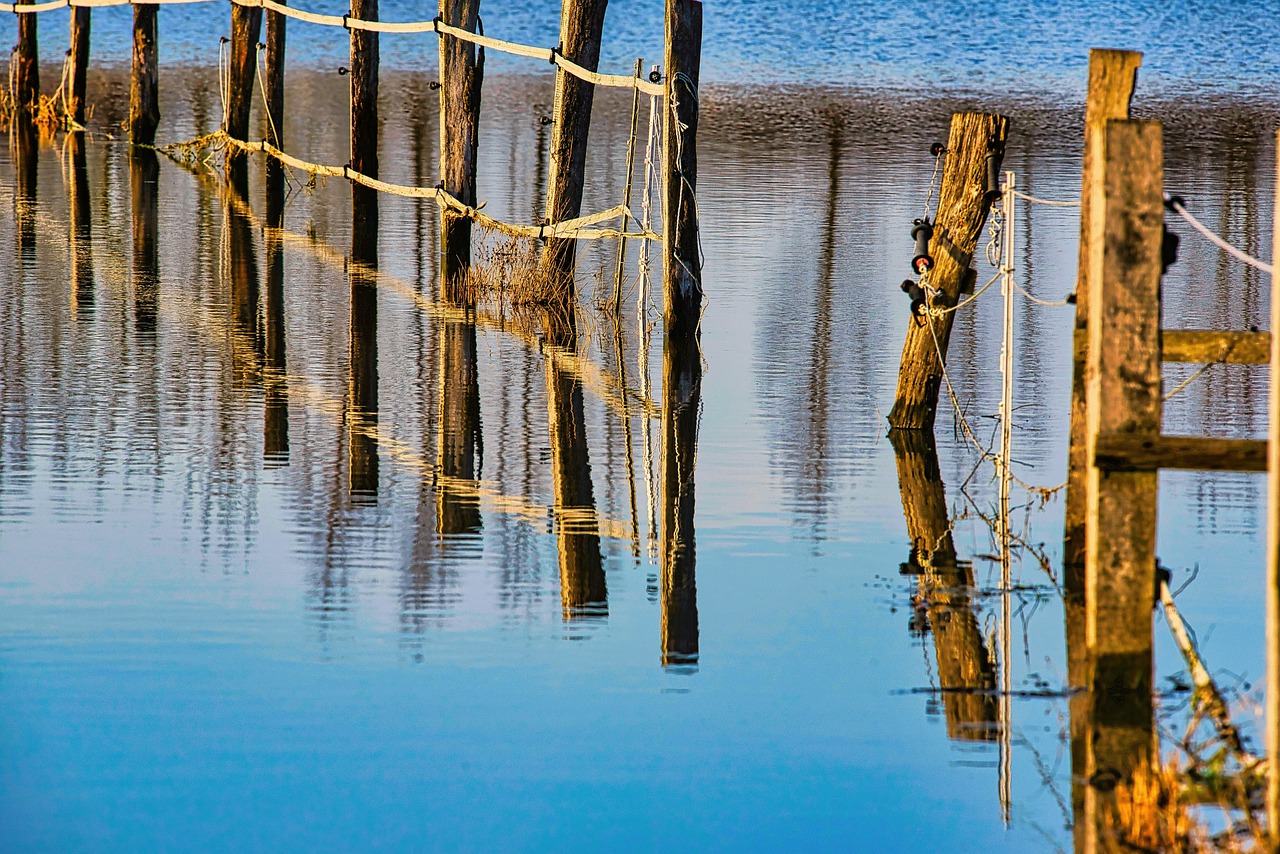
Changing Precipitation Patterns
Climate change poses a significant threat to cultural sites worldwide, impacting their preservation and longevity. Let's delve into the various ways in which changing climatic conditions are endangering our heritage and explore the strategies and challenges associated with safeguarding these invaluable assets.
The rise in sea levels due to climate change is particularly concerning for coastal cultural sites. Increased flooding and erosion pose a direct threat to these locations, jeopardizing historical structures and artifacts. Preservation efforts often involve the construction of barriers, relocation of vulnerable items, and sustainable coastal management strategies to mitigate the impacts of rising sea levels.
Extreme weather events such as hurricanes, floods, and wildfires can wreak havoc on cultural heritage sites, causing irreparable damage. Implementing disaster preparedness plans, early warning systems, and emergency response protocols are crucial in safeguarding these sites from the destructive forces of nature.
Heatwaves and cold spells can weaken historical structures and artifacts, leading to structural instability and deterioration. Innovative conservation techniques, such as climate-controlled storage facilities and adaptive reuse of buildings, help protect these vulnerable assets from temperature extremes.
Altered rainfall patterns resulting from climate change can have profound implications for archaeological sites and heritage landscapes. Increased precipitation may lead to soil erosion and landslides, impacting the integrity of cultural remains. Implementing sustainable land management practices and drainage systems is essential in mitigating the adverse effects of changing precipitation patterns on cultural sites.
Indigenous knowledge systems are particularly vulnerable to the impacts of climate change, risking the loss of valuable cultural heritage and traditions. Collaborative efforts between indigenous communities, researchers, and policymakers are essential in preserving and transmitting traditional knowledge in the face of environmental challenges.
Developing effective policies and conservation strategies to protect cultural sites from climate change impacts is a complex and multifaceted task. Balancing the need for preservation with sustainable development goals requires innovative approaches and stakeholder engagement to address the unique challenges posed by climate change.
Local communities play a vital role in safeguarding cultural heritage and building resilience to climate change. By fostering community involvement, raising awareness, and promoting sustainable practices, we can empower individuals to become stewards of their cultural heritage and protect it for future generations.
Advancements in technology offer new opportunities for monitoring, conserving, and restoring at-risk cultural sites. From 3D scanning and digital mapping to remote sensing and virtual reality, innovative tools are revolutionizing the field of heritage preservation and enabling more effective protection of cultural assets in the face of climate change.
Global cooperation and financial support are crucial in safeguarding heritage from climate change threats. By fostering partnerships between countries, organizations, and stakeholders, we can pool resources, expertise, and funding to implement sustainable conservation practices and ensure the long-term preservation of our shared cultural heritage.

Threats to Indigenous Knowledge
Indigenous knowledge, passed down through generations, is a valuable repository of cultural heritage and wisdom. However, the unique knowledge systems of indigenous communities are facing unprecedented challenges due to the impacts of climate change. As environmental conditions shift rapidly, traditional practices and beliefs are increasingly at risk of being lost forever. The interconnectedness between indigenous cultures and the natural world makes them particularly vulnerable to the changing climate.
One of the primary threats to indigenous knowledge is the loss of biodiversity and ecosystem disruption caused by climate change. Many indigenous communities rely on specific plant and animal species for their cultural practices and rituals. With rising temperatures and altered habitats, these vital resources are disappearing, leading to a depletion of traditional knowledge associated with them. The delicate balance between nature and culture is being disrupted, posing a significant risk to the survival of indigenous wisdom.
Furthermore, extreme weather events such as droughts, floods, and wildfires are becoming more frequent and intense, posing immediate threats to indigenous knowledge holders and their communities. These events not only endanger physical artifacts and historical sites but also disrupt the oral traditions and storytelling practices that are integral to preserving indigenous heritage. The loss of ancestral narratives and sacred sites due to natural disasters can have profound cultural and spiritual implications for indigenous peoples.
Climate change is also exacerbating social and economic challenges faced by indigenous communities, further endangering their traditional knowledge systems. Displacement due to environmental degradation, loss of traditional livelihoods, and limited access to resources are undermining the transmission of cultural practices from elders to the younger generation. The erosion of indigenous languages, customs, and spiritual beliefs due to these disruptions represents a critical loss of intangible cultural heritage that cannot be quantified.
In response to these threats, there is a growing recognition of the importance of integrating indigenous perspectives and knowledge systems into climate change adaptation and mitigation strategies. Collaborative efforts between indigenous communities, governments, and scientific institutions are essential to safeguarding indigenous knowledge in the face of climate change. By empowering indigenous peoples to actively participate in decision-making processes and resource management, we can enhance the resilience of both cultural heritage and ecosystems.
Preserving indigenous knowledge is not only a matter of cultural conservation but also a crucial step towards achieving sustainable development and fostering a harmonious relationship between humanity and the environment. As we confront the challenges posed by climate change, valuing and protecting the wisdom of indigenous cultures is essential for building a more inclusive and resilient future for all.
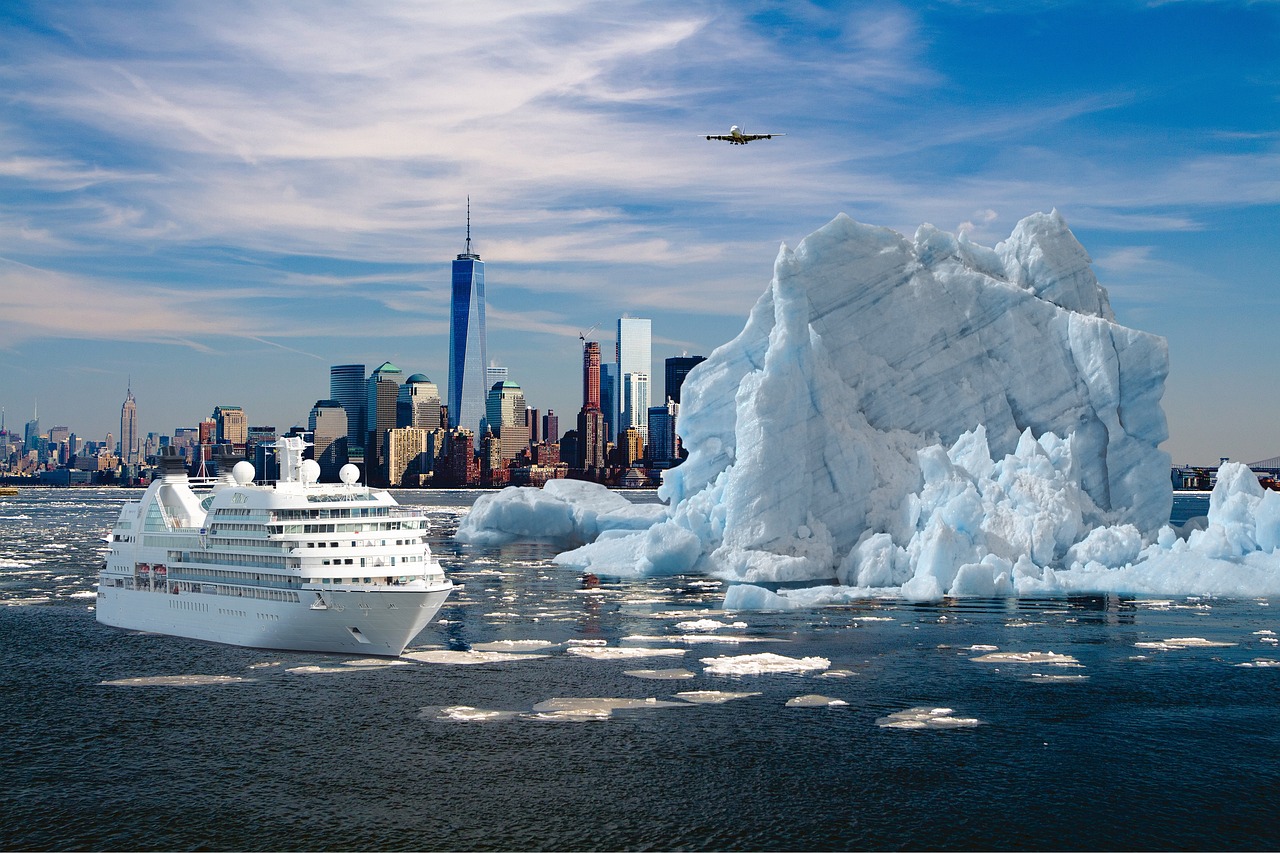
Policy and Conservation Challenges
When it comes to safeguarding cultural heritage from the impacts of climate change, there are numerous policy and conservation challenges that need to be addressed. One of the primary challenges is the lack of comprehensive international agreements specifically focused on protecting cultural sites from environmental threats. While there are global initiatives like the World Heritage Convention, more targeted policies are needed to address the unique vulnerabilities of cultural heritage.
Additionally, there is often a disconnect between government policies and on-the-ground conservation efforts. Many countries lack clear guidelines on integrating climate change adaptation strategies into heritage preservation plans. This gap can lead to insufficient protection measures being implemented, putting valuable cultural sites at risk.
Another significant challenge is the limited financial resources allocated to heritage conservation in the face of climate change. Preserving and protecting cultural sites require substantial funding for monitoring, maintenance, and restoration efforts. Without adequate financial support, many heritage sites may be left vulnerable to the increasingly severe impacts of climate change.
Furthermore, the complex nature of heritage conservation and climate change adaptation requires interdisciplinary collaboration between experts in various fields, including archaeology, architecture, environmental science, and policy-making. Developing effective strategies to mitigate the effects of climate change on cultural sites demands a holistic approach that integrates scientific knowledge with cultural values and community engagement.
In order to overcome these policy and conservation challenges, there is a pressing need for enhanced coordination and cooperation at the national and international levels. Governments, heritage organizations, research institutions, and local communities must work together to develop innovative solutions that prioritize the protection of cultural heritage in the face of climate change.
By addressing these challenges head-on and implementing proactive policies and conservation measures, we can ensure that our rich cultural heritage remains resilient in the face of a changing climate.

Community Engagement and Resilience
Community engagement plays a crucial role in the preservation of cultural heritage in the face of climate change. When communities actively participate in safeguarding their cultural sites, they not only contribute to their protection but also foster a sense of ownership and responsibility. By involving local residents, indigenous groups, and other stakeholders, a collective effort can be made to ensure the resilience of these valuable assets.
One effective way to engage communities is through education and awareness programs. By increasing knowledge about the importance of cultural heritage and the threats posed by climate change, individuals are more likely to take action to protect these sites. Schools, museums, and community centers can serve as platforms for raising awareness and promoting sustainable practices.
Furthermore, community involvement can extend to the development of adaptation strategies. By consulting with local experts and residents, innovative solutions can be implemented to mitigate the impacts of climate change on cultural sites. This collaborative approach not only enhances the resilience of heritage locations but also strengthens the bonds within the community.
Engaging with communities also fosters a sense of shared responsibility and stewardship. When individuals feel connected to their cultural heritage, they are more inclined to actively participate in its preservation. By involving diverse voices and perspectives, a more inclusive and sustainable approach to safeguarding cultural sites can be achieved.
Moreover, community engagement can lead to the establishment of networks and partnerships that support ongoing conservation efforts. By building relationships with local organizations, government agencies, and international bodies, communities can access resources and expertise to enhance the resilience of cultural heritage in the face of climate change.
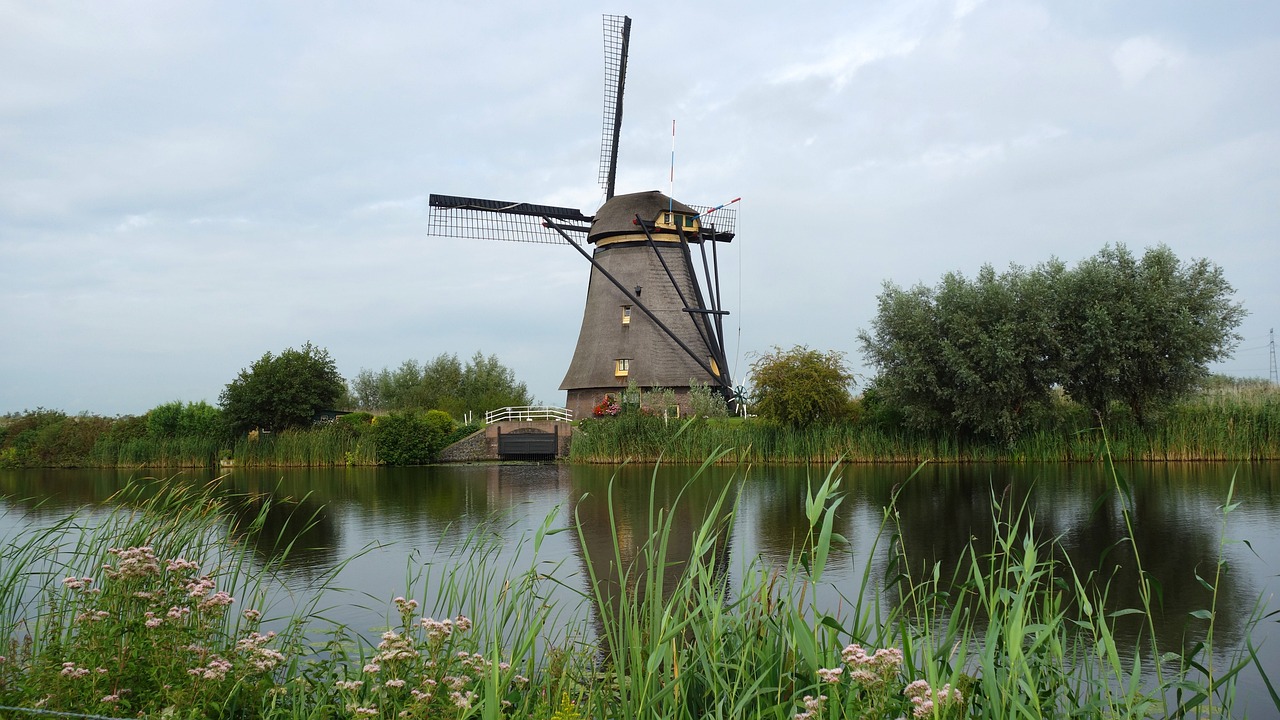
Technological Innovations in Preservation
As climate change poses increasing threats to cultural sites worldwide, technological innovations play a crucial role in preserving our heritage for future generations. Advanced technologies are revolutionizing the way we monitor, conserve, and restore at-risk cultural sites, offering new hope in the face of environmental challenges.
One key area where technology is making a significant impact is in the field of monitoring. Remote sensing technologies, such as LiDAR (Light Detection and Ranging), drones, and satellite imaging, enable archaeologists and conservationists to survey vast areas quickly and accurately. These tools provide detailed data on the condition of cultural sites, helping experts identify potential risks and develop targeted preservation strategies.
Furthermore, digital documentation and 3D imaging technologies allow for the creation of virtual replicas of cultural artifacts and structures. By digitizing these assets, researchers can study them in detail without risking damage, while also preserving their essence for future generations. Virtual reality (VR) and augmented reality (AR) applications further enhance the visitor experience, bringing ancient sites to life in immersive ways.
Another exciting development is the use of nanomaterials and advanced coatings in conservation efforts. These innovative materials help protect fragile artifacts and historical buildings from environmental degradation, such as pollution and acid rain. Nanotechnology offers solutions for cleaning, stabilizing, and strengthening cultural materials, ensuring their longevity in the face of climate-related challenges.
In addition, data analytics and machine learning algorithms are being employed to analyze vast amounts of information collected from cultural sites. These tools help experts detect patterns, predict potential threats, and optimize conservation strategies. By harnessing the power of artificial intelligence, conservation efforts can become more efficient and effective in safeguarding our shared heritage.
Overall, technological innovations are transforming the way we approach heritage preservation in the context of climate change. By embracing cutting-edge tools and methodologies, we can better protect cultural sites from environmental risks and ensure that our rich history and traditions endure for generations to come.

International Collaboration and Funding
International collaboration and funding play a crucial role in safeguarding cultural heritage from the threats posed by climate change. As the impacts of climate change transcend national borders, a collective effort is essential to protect and preserve cultural sites around the world. By joining forces, countries can share knowledge, resources, and best practices to enhance the resilience of heritage sites against environmental challenges.
Moreover, international funding mechanisms provide vital support for conservation projects aimed at mitigating the effects of climate change on cultural heritage. Financial assistance from global organizations, governments, and philanthropic foundations enables the implementation of innovative preservation strategies and the execution of large-scale restoration initiatives. These funds not only help in immediate conservation efforts but also contribute to building long-term sustainability for at-risk heritage sites.
Collaborative initiatives such as joint research programs, capacity-building workshops, and cross-border partnerships foster a culture of cooperation in the preservation sector. By pooling expertise and resources from diverse stakeholders, including heritage professionals, scientists, policymakers, and local communities, these partnerships create a robust framework for addressing the complex challenges posed by climate change.
Furthermore, international collaborations facilitate the exchange of ideas and experiences, promoting a global dialogue on climate resilience and heritage conservation. Through shared knowledge and mutual support, countries can develop comprehensive strategies for adapting cultural sites to changing environmental conditions and ensuring their protection for future generations.
Frequently Asked Questions
- What are the main threats that cultural sites face from climate change?
Cultural sites are increasingly vulnerable to rising sea levels, extreme weather events such as hurricanes and wildfires, temperature extremes like heatwaves and cold spells, changing precipitation patterns, and the loss of indigenous knowledge systems due to climate change.
- How can coastal cultural sites be protected from the impacts of rising sea levels?
Preservation strategies for coastal cultural sites include building seawalls, elevating structures, implementing sustainable land-use practices, and utilizing innovative technologies for monitoring and adaptation.
- What role do local communities play in safeguarding cultural heritage from climate change?
Local communities are essential in building resilience to climate change impacts on cultural sites. Their engagement in conservation efforts, traditional knowledge sharing, and active participation in decision-making processes are crucial for long-term preservation.
- What are some technological innovations being used to conserve at-risk cultural sites?
Advancements in technology, such as remote sensing, 3D scanning, drones, and data analytics, are revolutionizing the way cultural heritage is monitored, conserved, and restored in the face of climate change threats.
- How important is international collaboration and funding in protecting heritage from climate change?
Global cooperation and financial support are vital for addressing the cross-border nature of climate change impacts on cultural sites. Collaborative efforts and funding mechanisms enable the sharing of best practices and resources for effective heritage preservation.





